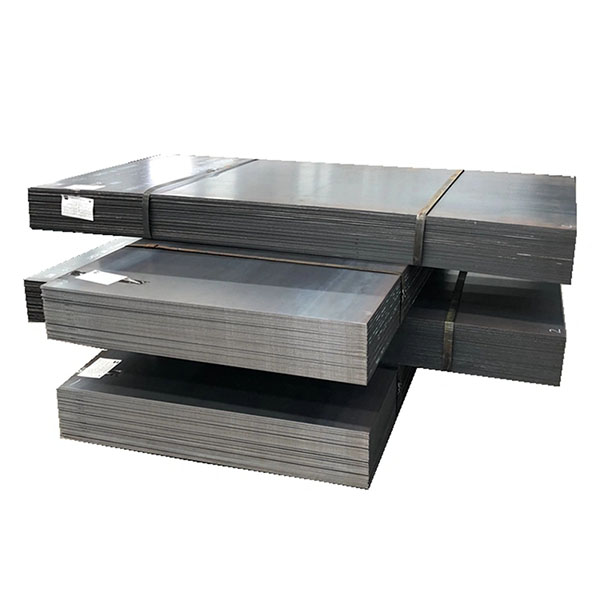Hot rolled steel sheets are flat steel products that are produced by rolling steel at high temperatures, typically above 1,700°F (927°C). This process allows for the shaping of steel into various thicknesses and dimensions while maintaining its mechanical properties. Hot rolled steel sheets are widely used in numerous industries due to their strength and versatility. Here are some key features and applications:
1. Product Features:
High Strength: The hot rolling process enhances the strength and durability of the steel, making it suitable for structural applications.
Variety of Thicknesses: Available in a range of thicknesses, allowing for flexibility in design and manufacturing processes.
Surface Finish: Generally has a rough surface finish due to the hot rolling process, which can be further processed or treated as needed.
Cost-Effective: Hot rolling is typically more economical than cold rolling, making it a cost-effective option for many projects.
2. Application Fields:
Construction: Widely used in structural applications such as beams, columns, and framing for buildings and infrastructure projects.
Manufacturing: Commonly employed in the production of heavy machinery, automotive components, and industrial equipment.
Pipes and Tubes: Hot rolled sheets can be further processed to manufacture various types of pipes and tubes used in plumbing, oil and gas, and construction.
Metal Fabrication: Frequently utilized in metalworking for creating components, brackets, and other structural elements.
3. Specifications and Standards:
Hot rolled steel sheets are available in various specifications, including different grades and thicknesses, conforming to international standards such as ASTM, EN, and JIS, ensuring compatibility across various applications.
4. Production Process:
The production of hot rolled steel sheets involves heating steel billets or slabs to a high temperature, followed by rolling them into thin sheets. The process may also include cooling and inspection to meet quality standards.







.jpg)
